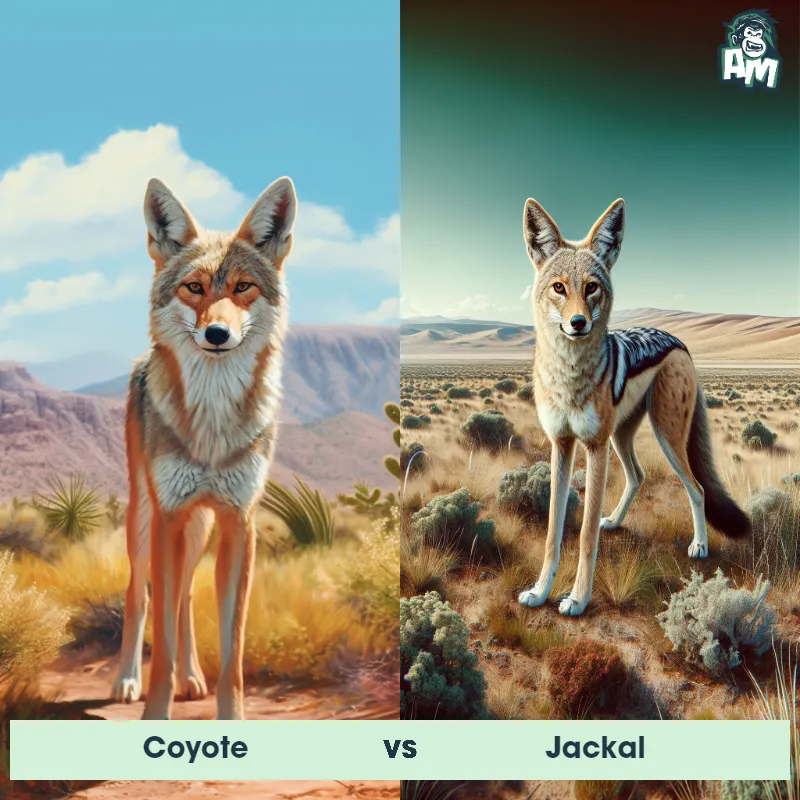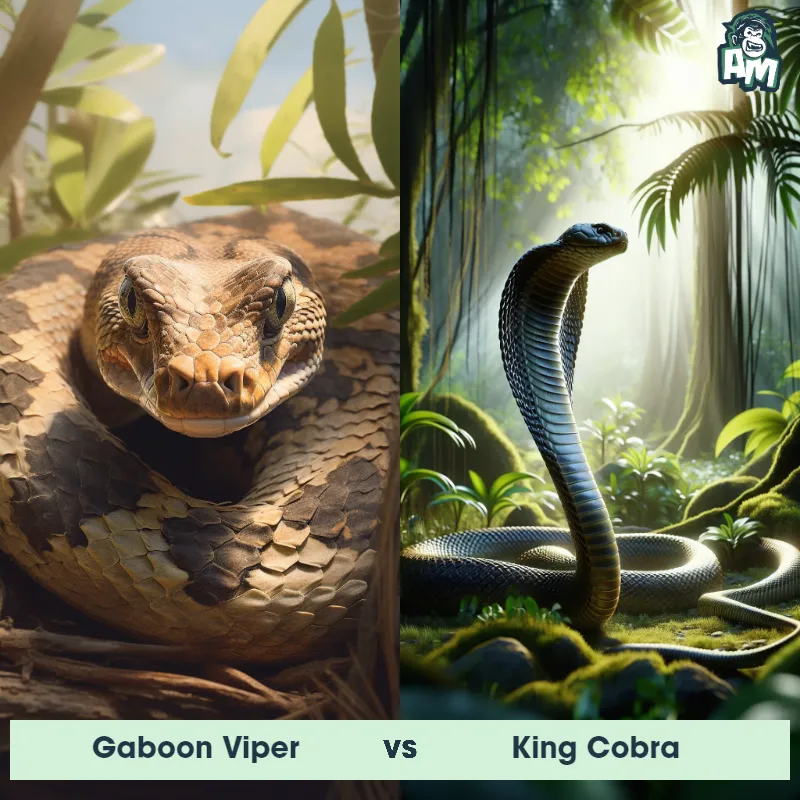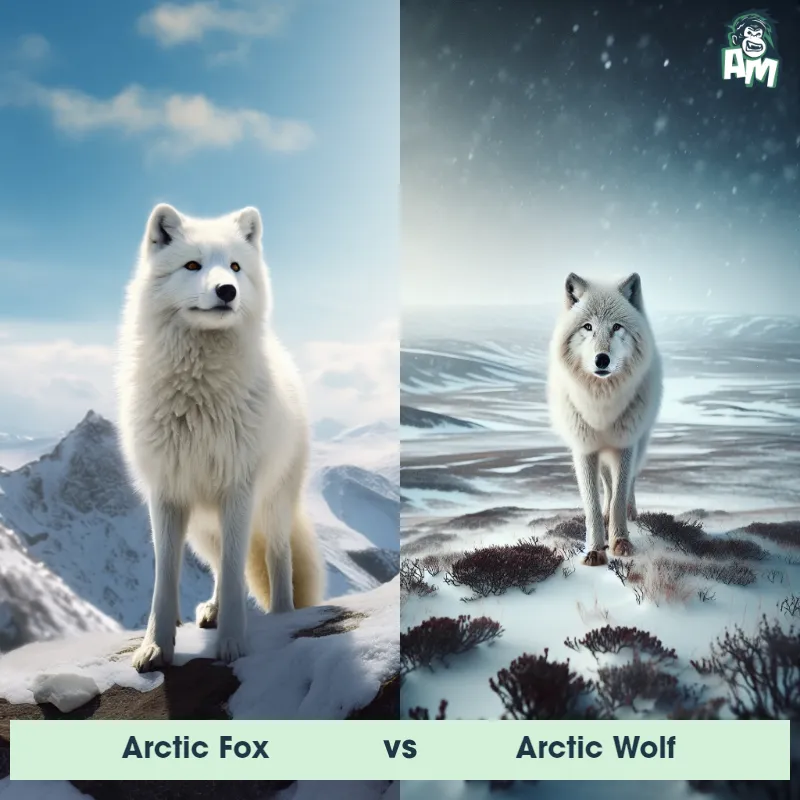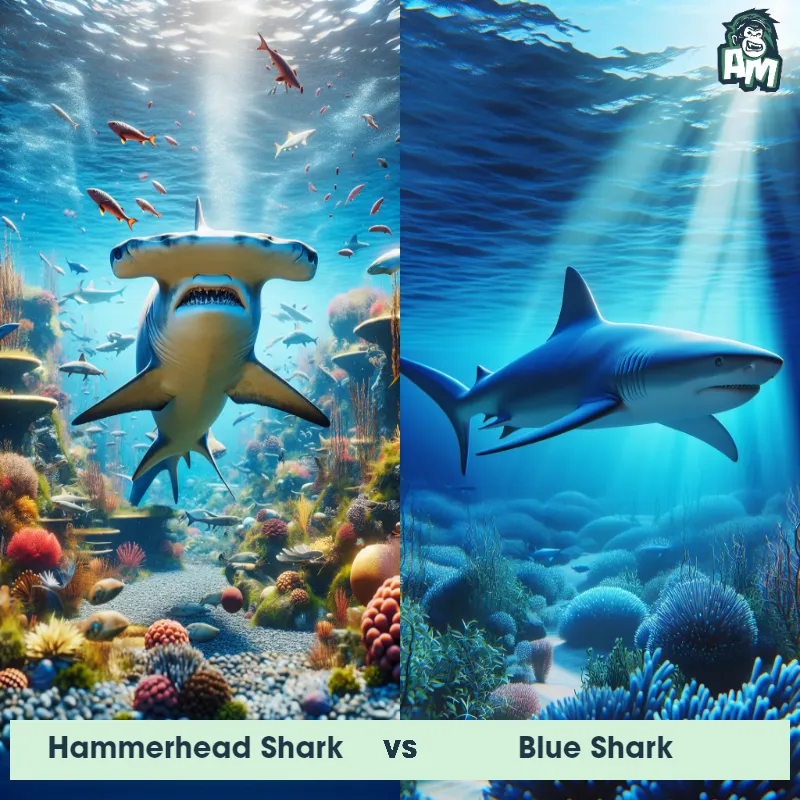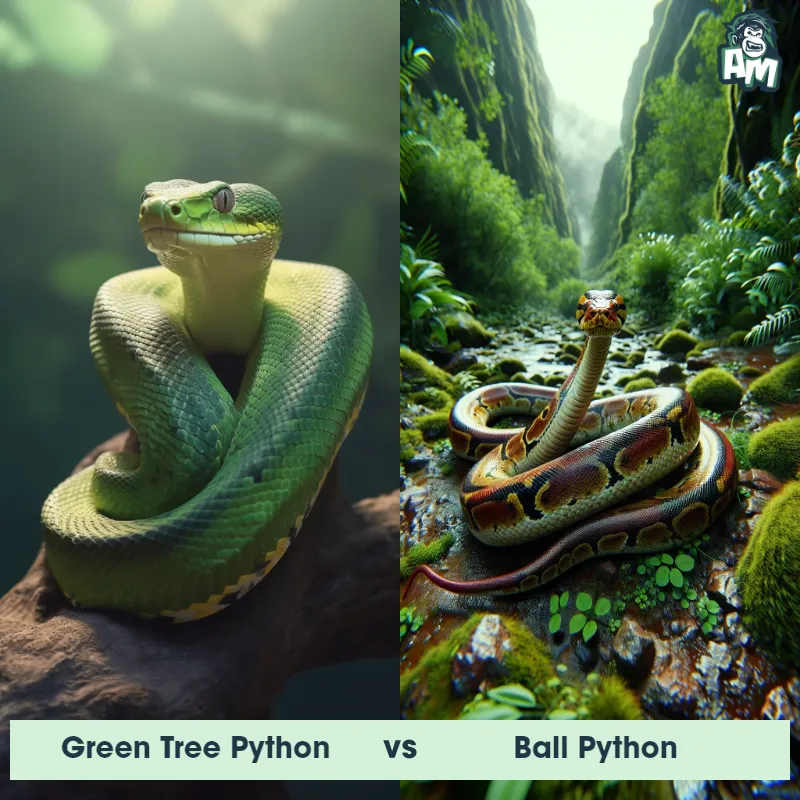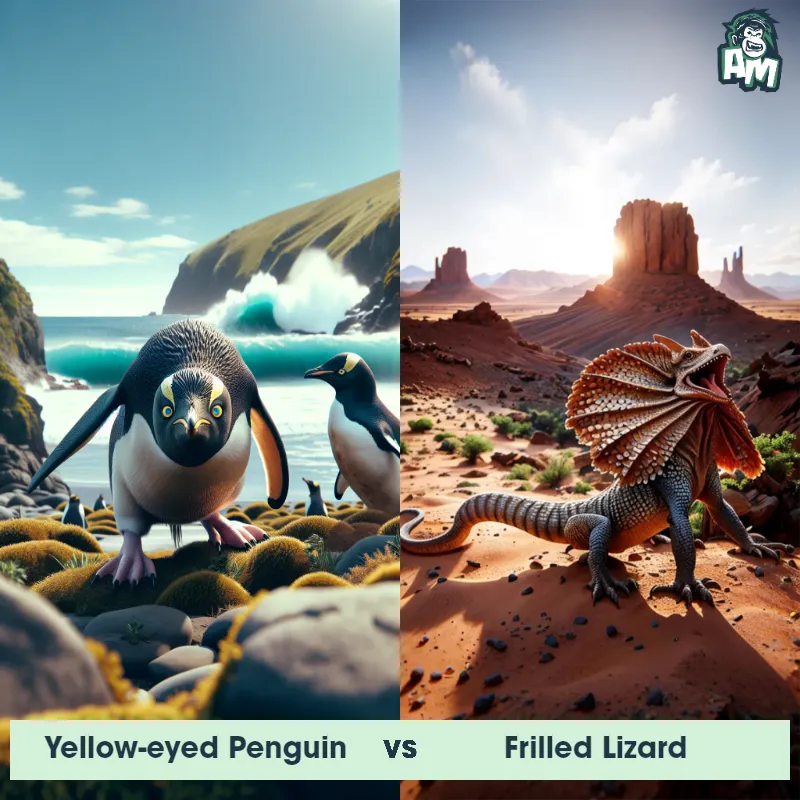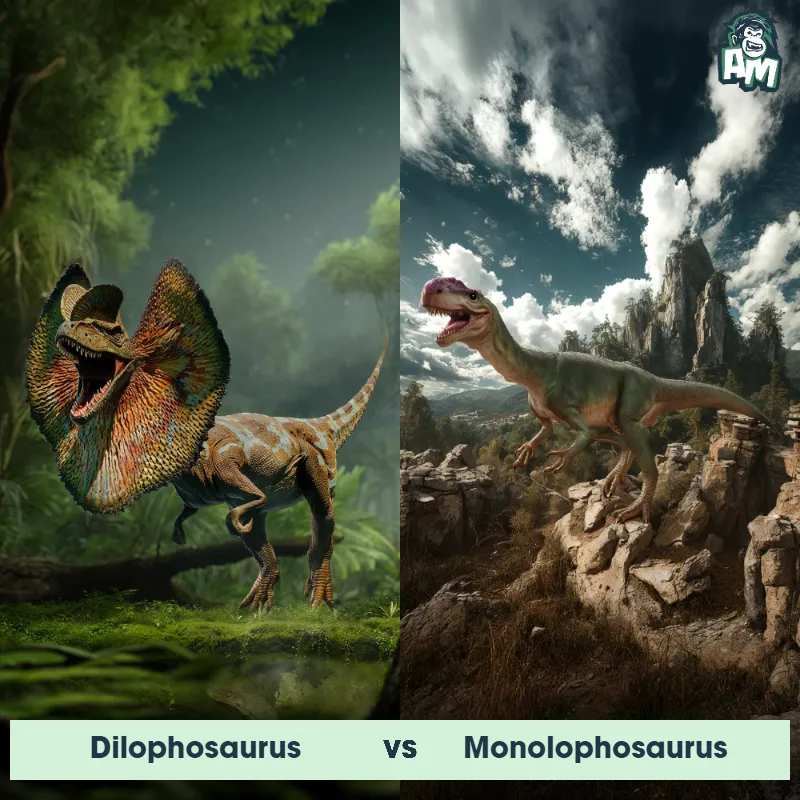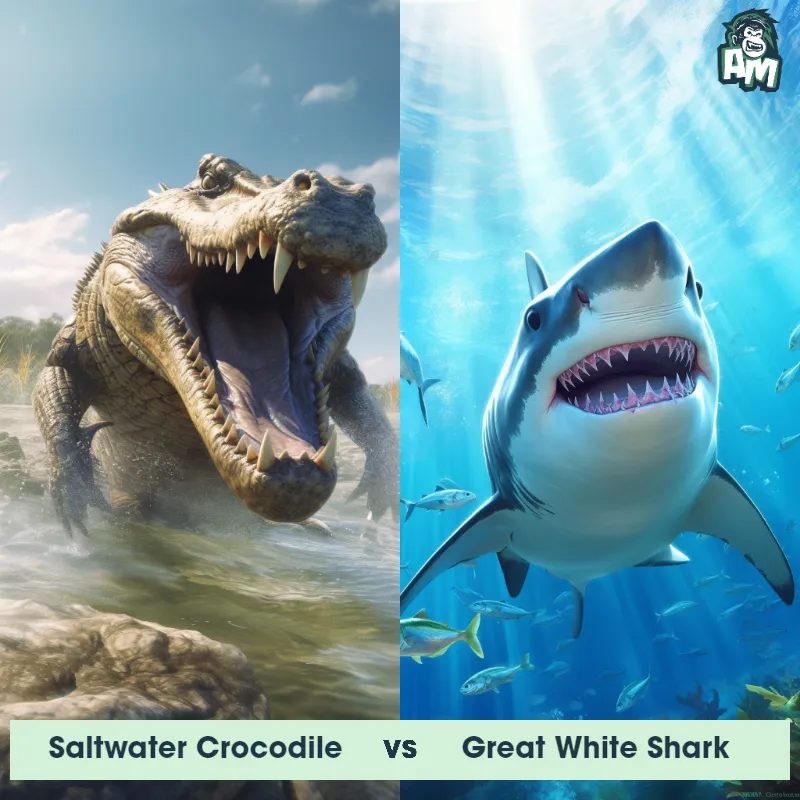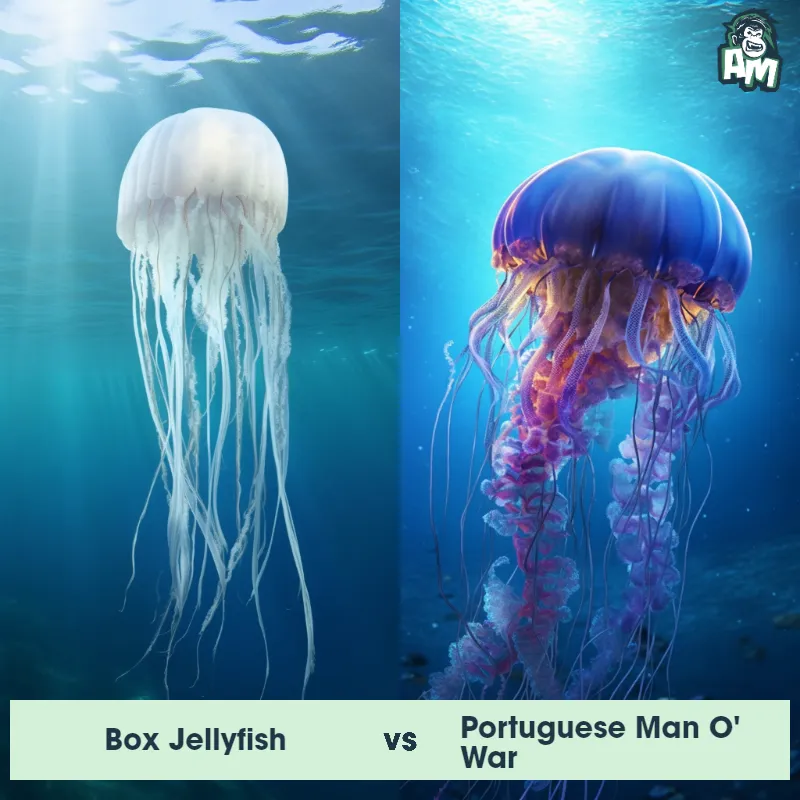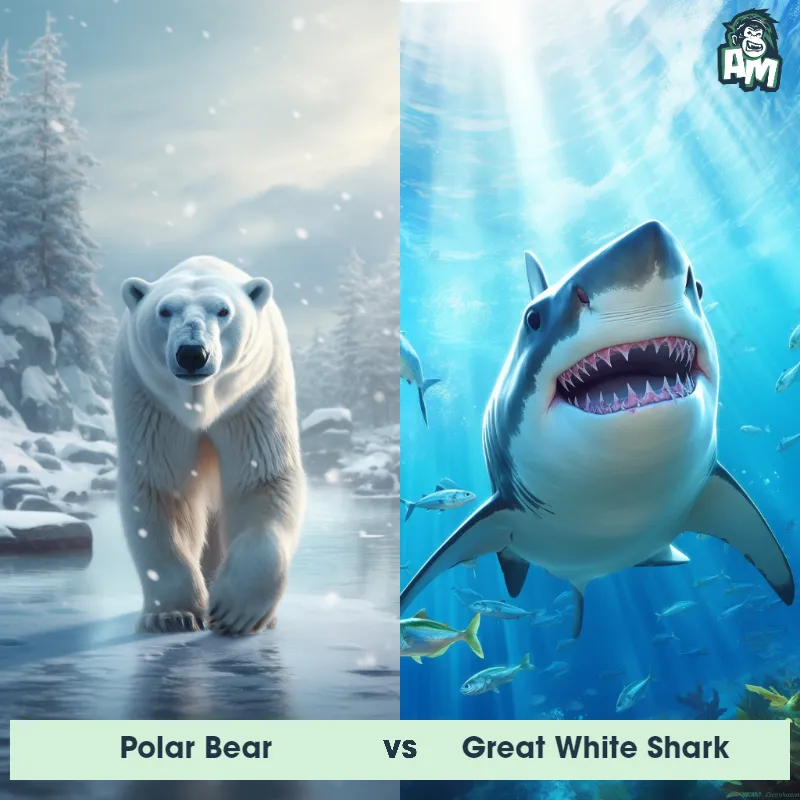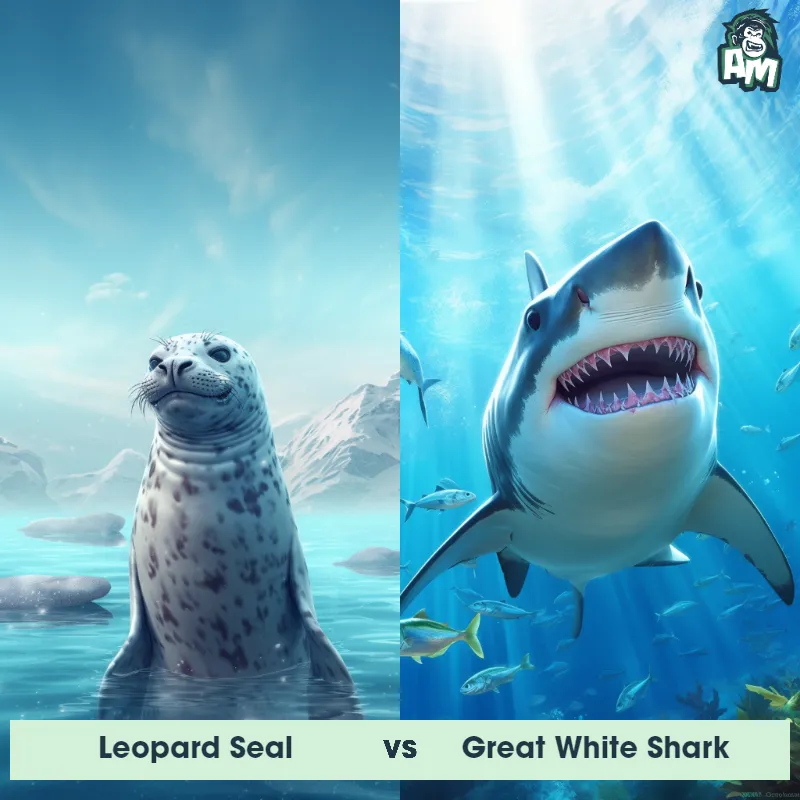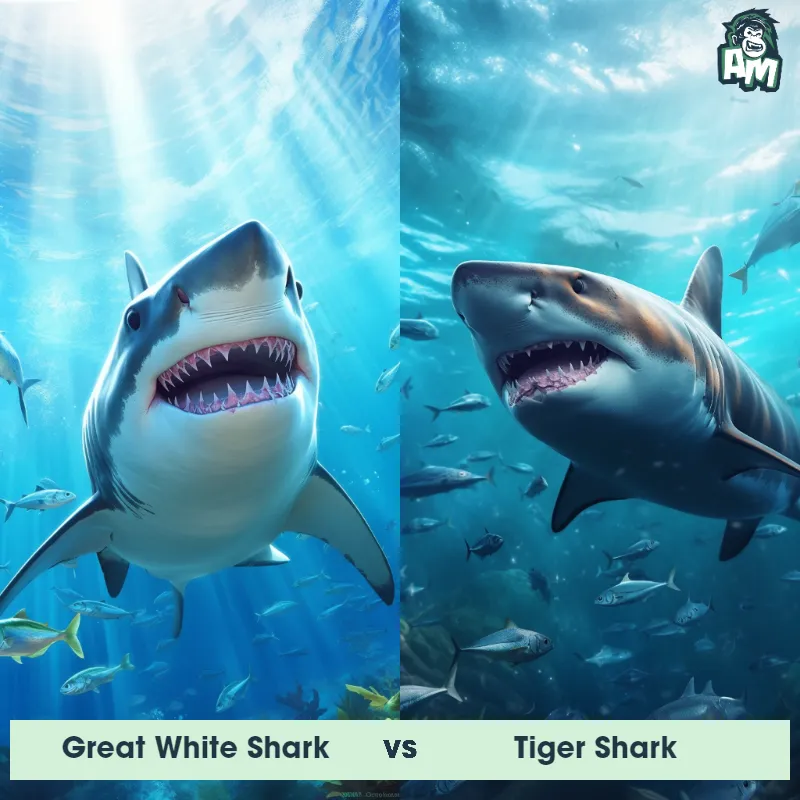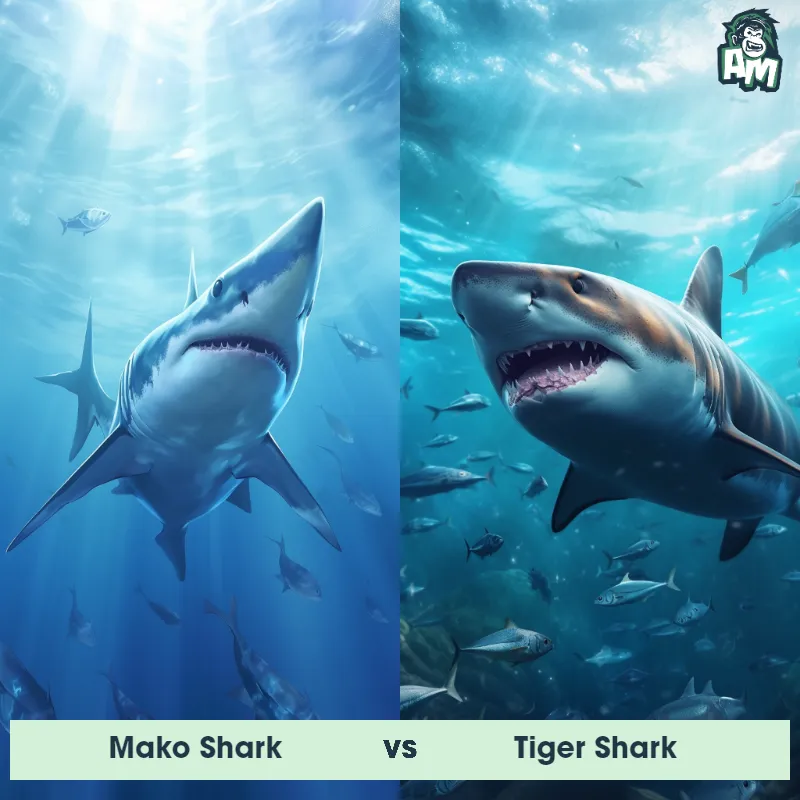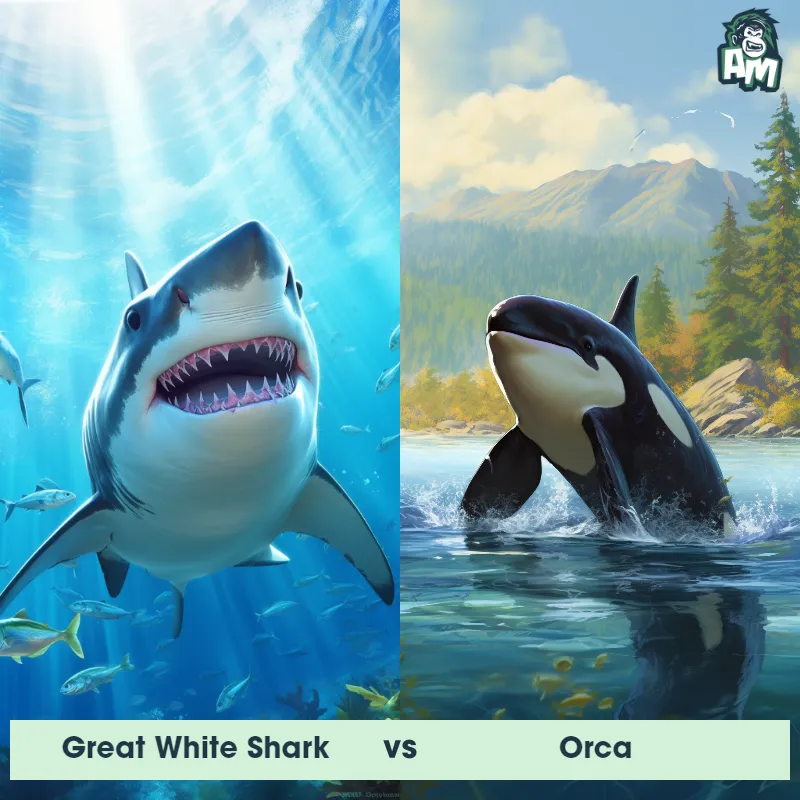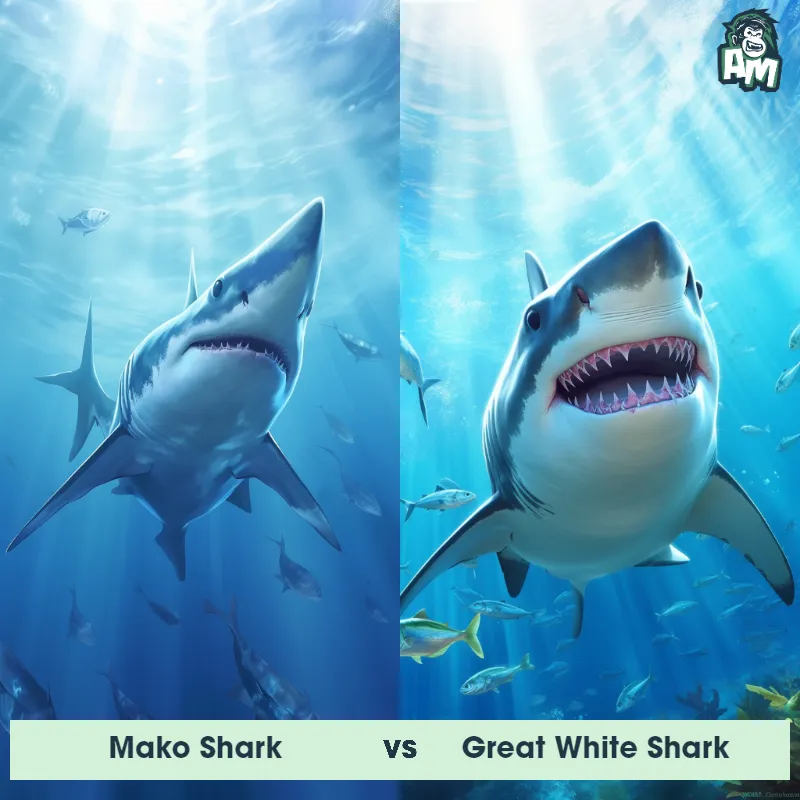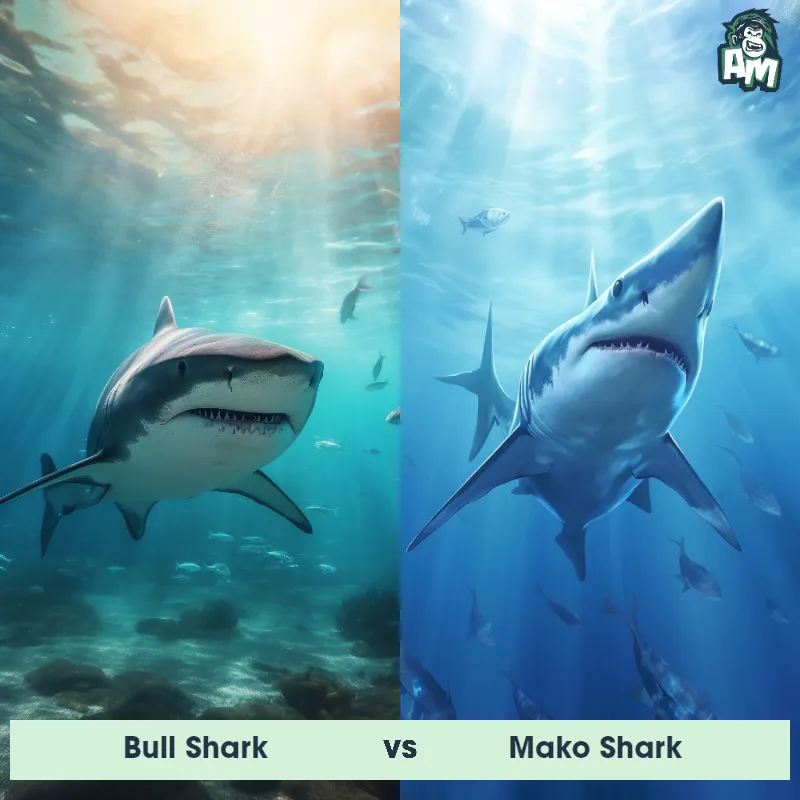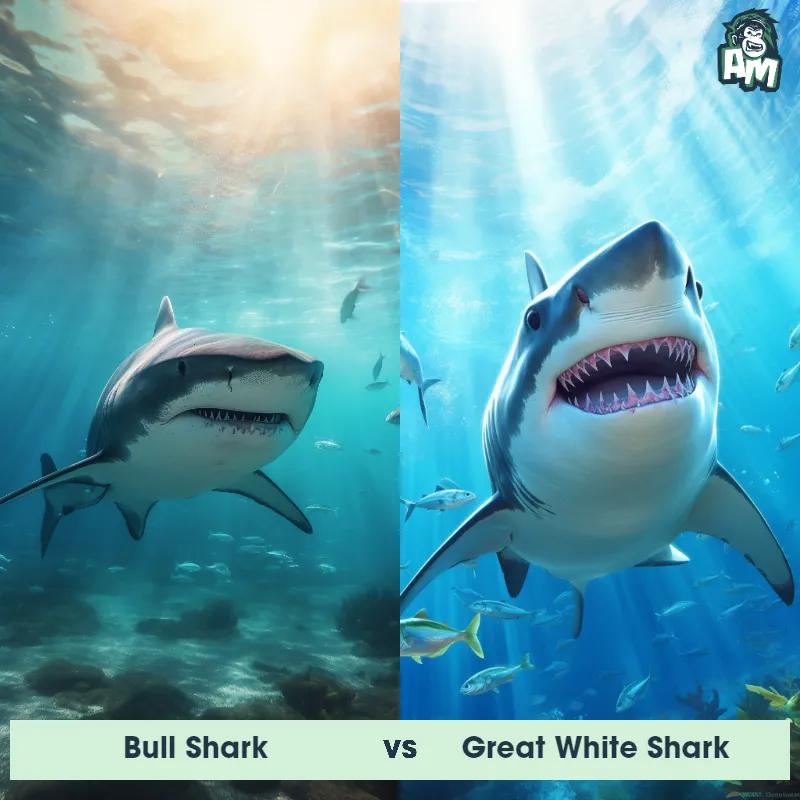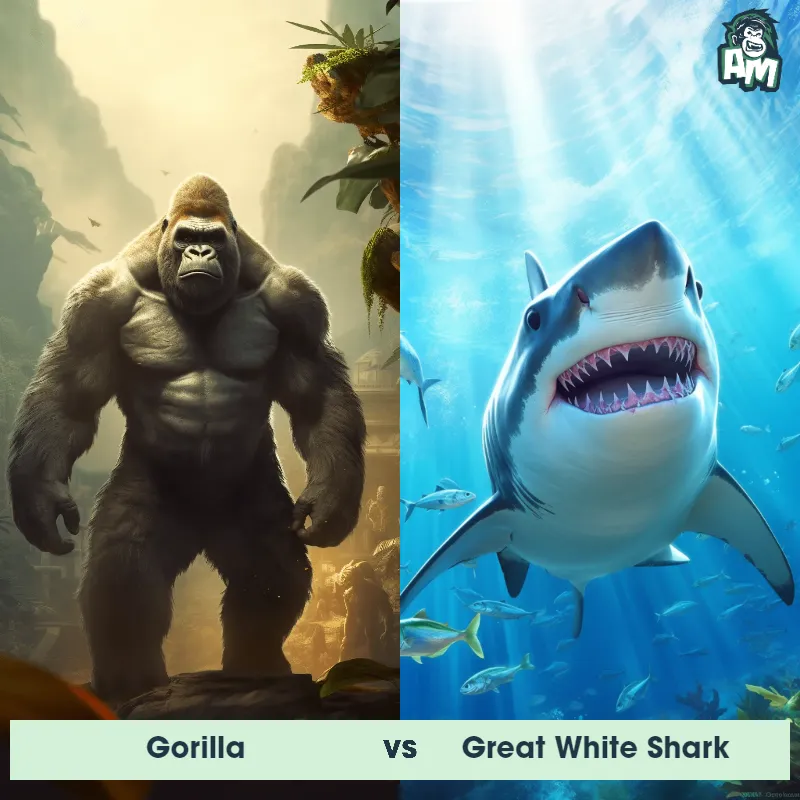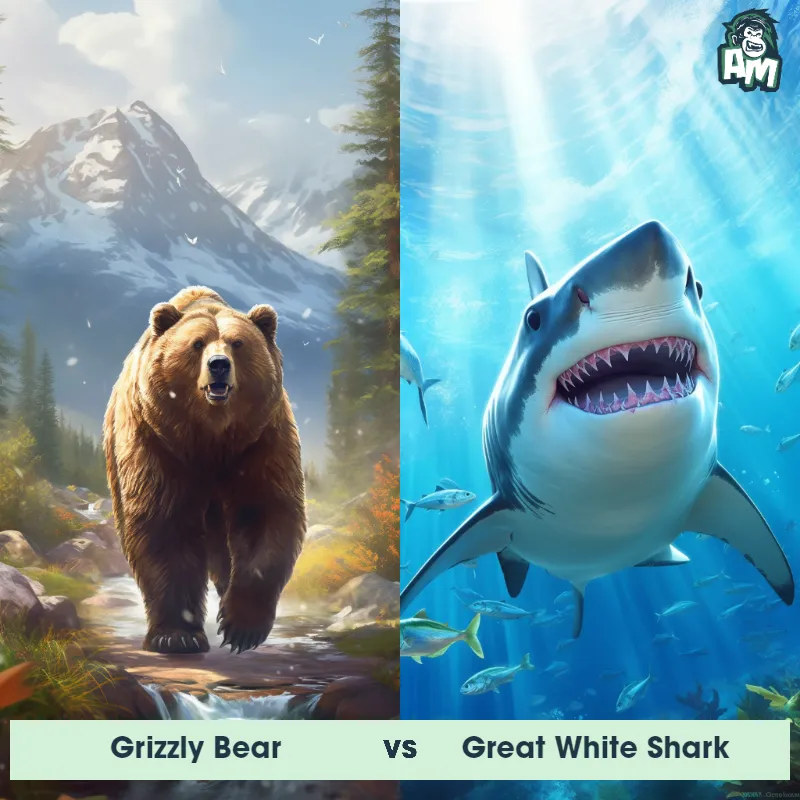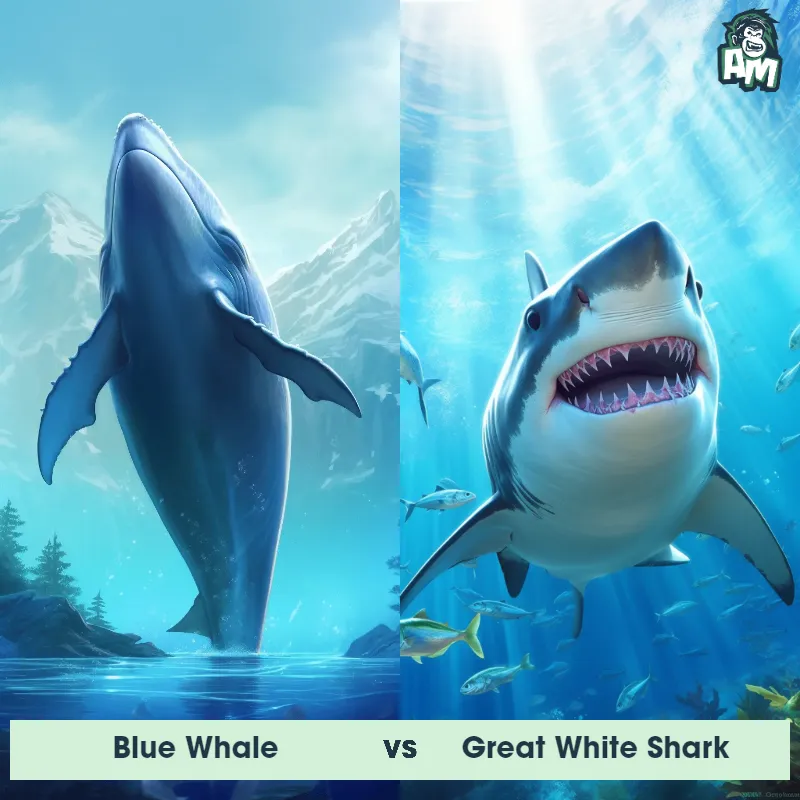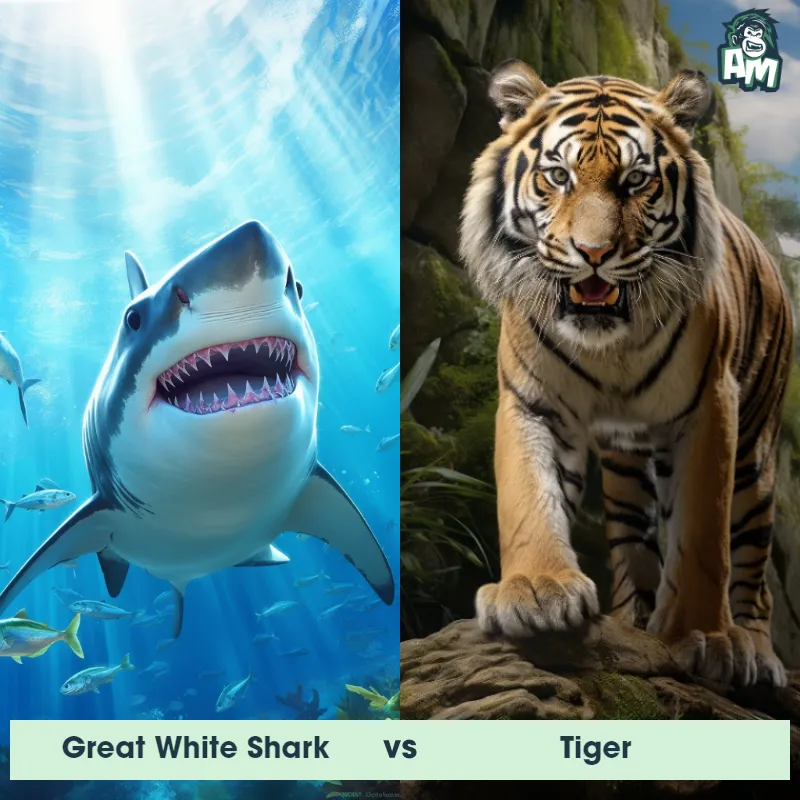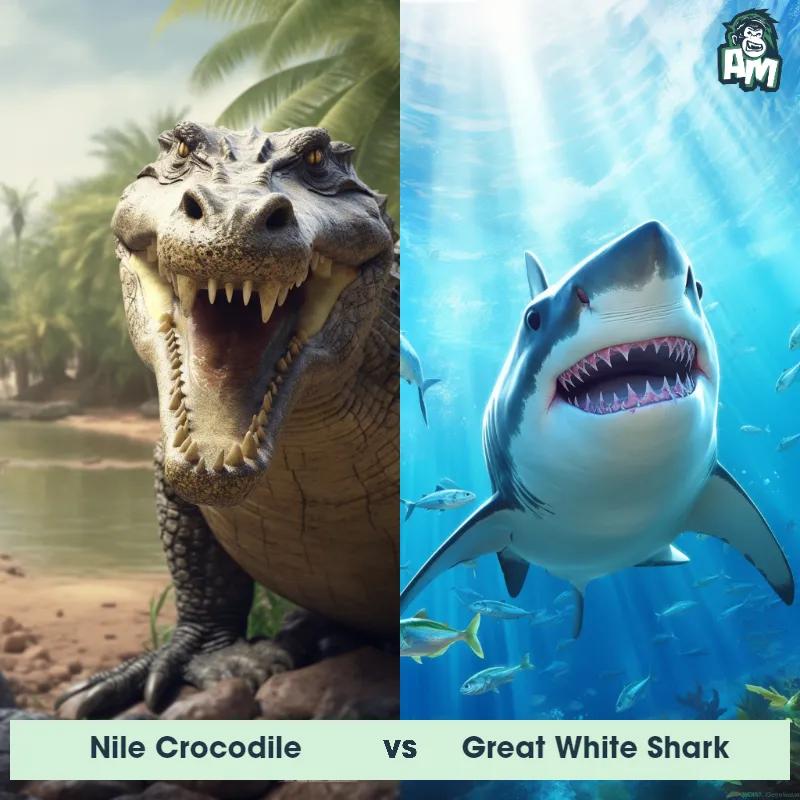Box Jellyfish vs Great White SharkSee Who Wins
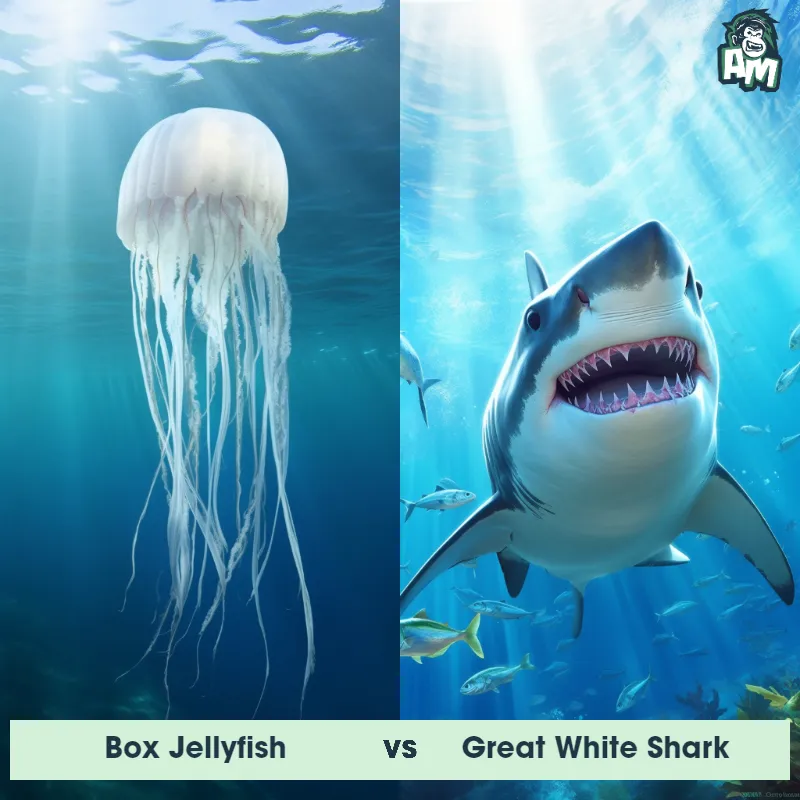
Ladies and gentlemen, welcome to a heart-pounding, oceanic showdown here at this spectacular aquatic arena. We have an encounter of titanic proportions tonight, where two of nature's most fearsome creatures will clash in a battle for supremacy! In one corner, weighing in at a mere few pounds, we have the elegant and venomous Box Jellyfish. And in the opposite corner, we have the colossal apex predator weighing in at several tons, the awe-inspiring Great White Shark. Let the battle begin!
Contender 1: Box Jellyfish
The Box Jellyfish, also known as the Sea Wasp, is a highly venomous marine animal found in the waters of the Pacific and Indian Oceans. It has a cube-shaped bell with up to 15 tentacles that can grow up to 10 feet long, each lined with thousands of stinging cells called nematocysts. Its transparent body makes it difficult to spot in the water, and its venom can cause heart failure and death in humans within minutes of contact.
Fun Fact: The Box Jellyfish has 24 eyes, grouped into four clusters called rhopalia, which can detect light, color, and movement, making it one of the few jellyfish species with a complex visual system.
Contender 2: Great White Shark
The Great White Shark, also known as the white pointer or white death, is a large predatory fish that can grow up to 20 feet in length and weigh over 5,000 pounds. They have a distinctive torpedo-shaped body, grayish-brown skin, and rows of sharp teeth that can number up to 300. Great White Sharks are found in coastal waters all over the world and are known for their powerful jaws and ability to breach the surface of the water.
Fun Fact: Great White Sharks have a unique sense of smell that allows them to detect a single drop of blood in 25 gallons of water, which is equivalent to the size of an Olympic swimming pool.
Matchup Stats
| Box Jellyfish | Great White Shark | |
|---|---|---|
| Size | Up to 10 feet (3 meters) | Up to 20 feet (6.1 meters) |
| Weight | Up to 4.4 pounds (2 kilograms) | Over 5,000 pounds (2,268 kilograms) |
| Speed | Speed: 4 mph (6.4 km/hr) | Speed: 25 mph (40 km/hr) |
| Key Strength | Venomous tentacles | Powerful jaws and sharp teeth |
| Biggest Weakness | Not an aggressive predator | Vulnerable gills and eyes |
Current Votes
Box Jellyfish vs Great White Shark
See Who Wins
View More Matches
Looking For More?
Similar Matches
Scientific Stats
| Box Jellyfish | Great White Shark | |
|---|---|---|
| Scientific Name | Chironex fleckeri | Carcharodon carcharias |
| Family | Chirodropidae | Lamnidae |
| Habitat | Marine | Coastal waters |
| Geography | Pacific and Indian Oceans | Worldwide |
| Diet | Small fish, shrimp, and other jellyfish | Carnivorous, primarily seals and sea lions |
| Lifespan | few hours - few months | 70 years - 100 years |
Key Differences between Box Jellyfish and Great White Shark
- Shape: Box Jellyfish has a bell-shaped body with long, slender tentacles hanging down, while the Great White Shark has a streamlined, torpedo-shaped body with a large dorsal fin and a powerful tail.
- Habitat: Box Jellyfish inhabits warm coastal waters, particularly around Australia and the Pacific, while the Great White Shark is found in coastal and offshore waters worldwide, mainly in temperate and subtropical regions.
- Ecological Role: Box Jellyfish is a predatory invertebrate that mainly feeds on small fish and plankton, playing a role in the ecosystem's food web. On the other hand, the Great White Shark is an apex predator that occupies the top of the marine food chain, preying on various marine mammals and fish species.
- Coloration: Box Jellyfish typically has a transparent or translucent body with a pale bluish or yellowish tinge, while the Great White Shark has a gray or brownish-gray coloration on its upper body and a white underside.
- Appendages: Box Jellyfish's primary distinguishing feature is its numerous tentacles, each lined with stinging cells (nematocysts). In contrast, the Great White Shark is characterized by its large, sharp teeth arranged in several rows.
- Size: Box Jellyfish is generally smaller, ranging from 4 to 10 inches in bell diameter, whereas the Great White Shark is much larger, with adults reaching lengths of up to 20 feet or more.



